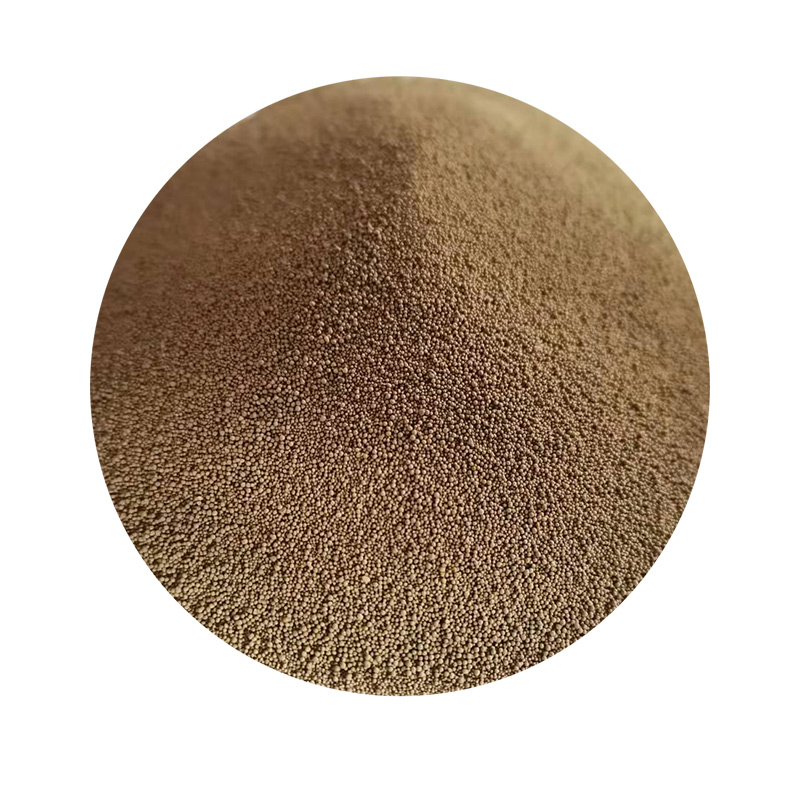The Future of 3D Printing with Wet Sand
In recent years, the manufacturing landscape has witnessed a revolution driven by 3D printing technology, also known as additive manufacturing. Among the many innovative materials being explored, wet sand has emerged as a promising candidate, combining versatility, sustainability, and efficiency. This article delves into the fascinating domain of 3D printing with wet sand, shedding light on its applications, benefits, and potential future developments.
Understanding Wet Sand as a Material
Wet sand is not your typical printing material. Unlike conventional filaments used in plastic or metal 3D printing, wet sand consists of a mixture of fine sand particles and a binding solution, which may include water and other additives. This unique combination allows for the creation of complex shapes and structures that are both durable and eco-friendly. The moisture in wet sand helps to bind the particles together during the printing process and, once set, results in a stable final product.
Applications of Wet Sand 3D Printing
The application of wet sand in 3D printing is vast. One of the most promising fields is in the construction and architecture sectors. As urbanization continues to grow, so does the demand for sustainable building practices. Wet sand 3D printing can help reduce waste and utilize local materials, enabling the construction of structures with lower carbon footprints. Not only does this method streamline building processes, but it also reduces the logistical challenges associated with transporting traditional building materials.
Moreover, wet sand has potential applications in the field of art and design. Artists and designers can use this medium to create intricate sculptures and installations that are both aesthetically pleasing and structurally sound. The natural texture of sand gives each piece a unique character, inviting viewers to engage with the work on a sensory level.
In addition to construction and art, wet sand 3D printing can play a crucial role in environmental restoration projects. For instance, the technology can be utilized to recreate sandbanks and restore coastal habitats that are at risk from erosion. By using wet sand to build these structures, communities can foster resilience against climate change and promote biodiversity.
wet sand 3d print

Advantages of Wet Sand 3D Printing
The use of wet sand in 3D printing comes with numerous benefits. First and foremost, it is an environmentally friendly option. Sand is an abundant resource, and using it requires significantly less energy than traditional manufacturing methods. Furthermore, wet sand structures can be designed to be biodegradable and non-toxic, aligning with sustainable manufacturing practices.
Additionally, wet sand printed objects possess impressive thermal and acoustic insulation properties, making them suitable for a variety of applications, from building materials to acoustic panels. The natural composition of sand also allows for customization, where various additives can modify the physical properties of the printed shapes, tailoring them to specific needs.
Challenges and Future Directions
Despite its many advantages, wet sand 3D printing is not without challenges. Achieving precise control over moisture levels is crucial; too little moisture can lead to weak structures, while too much can create slurry-like mixtures that are difficult to work with. Researchers are actively exploring advanced techniques to regulate these parameters, ensuring optimal print quality.
Looking ahead, the future of wet sand 3D printing appears promising. As research in this area advances, we can expect to see increased collaboration between engineers, architects, and artists, leading to innovative designs and solutions. Moreover, as sustainability becomes a paramount concern across industries, wet sand 3D printing may become a go-to method for eco-friendly manufacturing practices.
Conclusion
In summary, the integration of wet sand into the world of 3D printing represents an exciting frontier in sustainable manufacturing. With its wide range of applications, inherent benefits, and ongoing developments, wet sand 3D printing is poised to change the way we think about construction, art, and environmental restoration. As we continue to explore and innovate in this field, we stand on the precipice of a new era, where creativity and sustainability coalesce to shape the future.
Post time:окт. . 22, 2024 13:30
Next:lost foam casting applications
